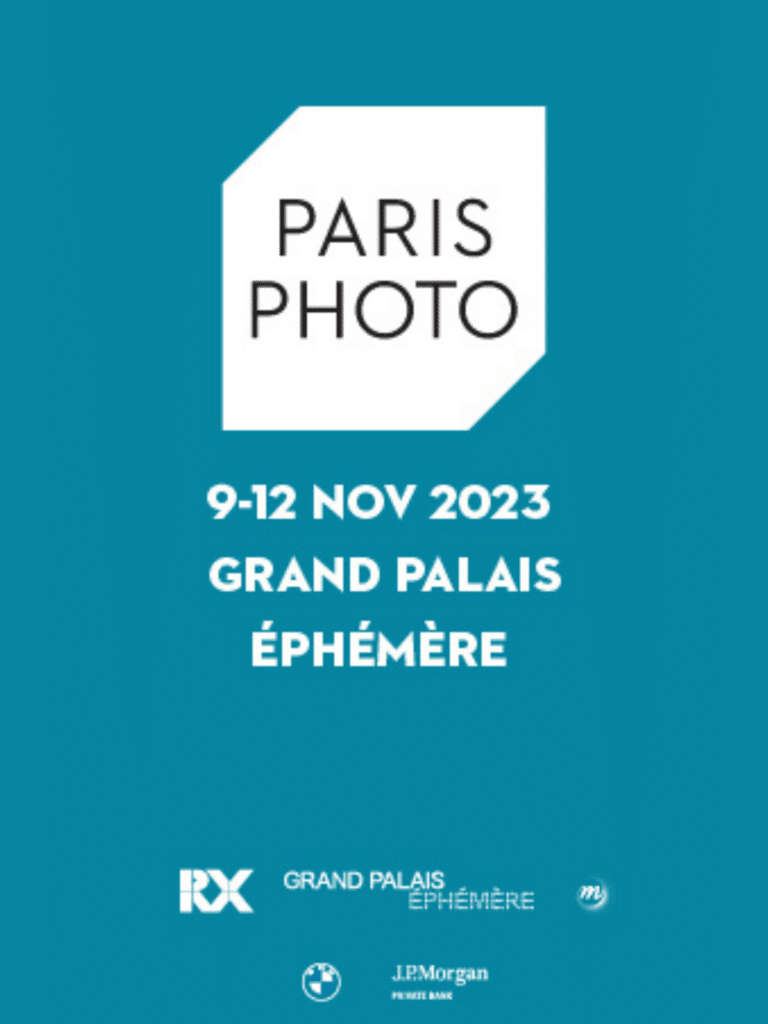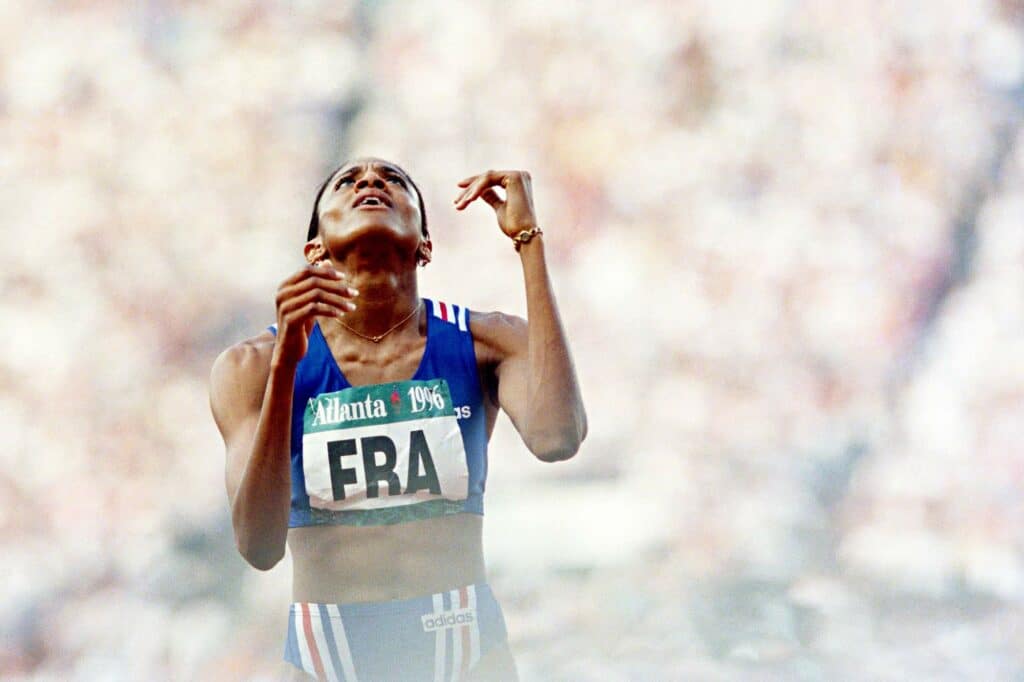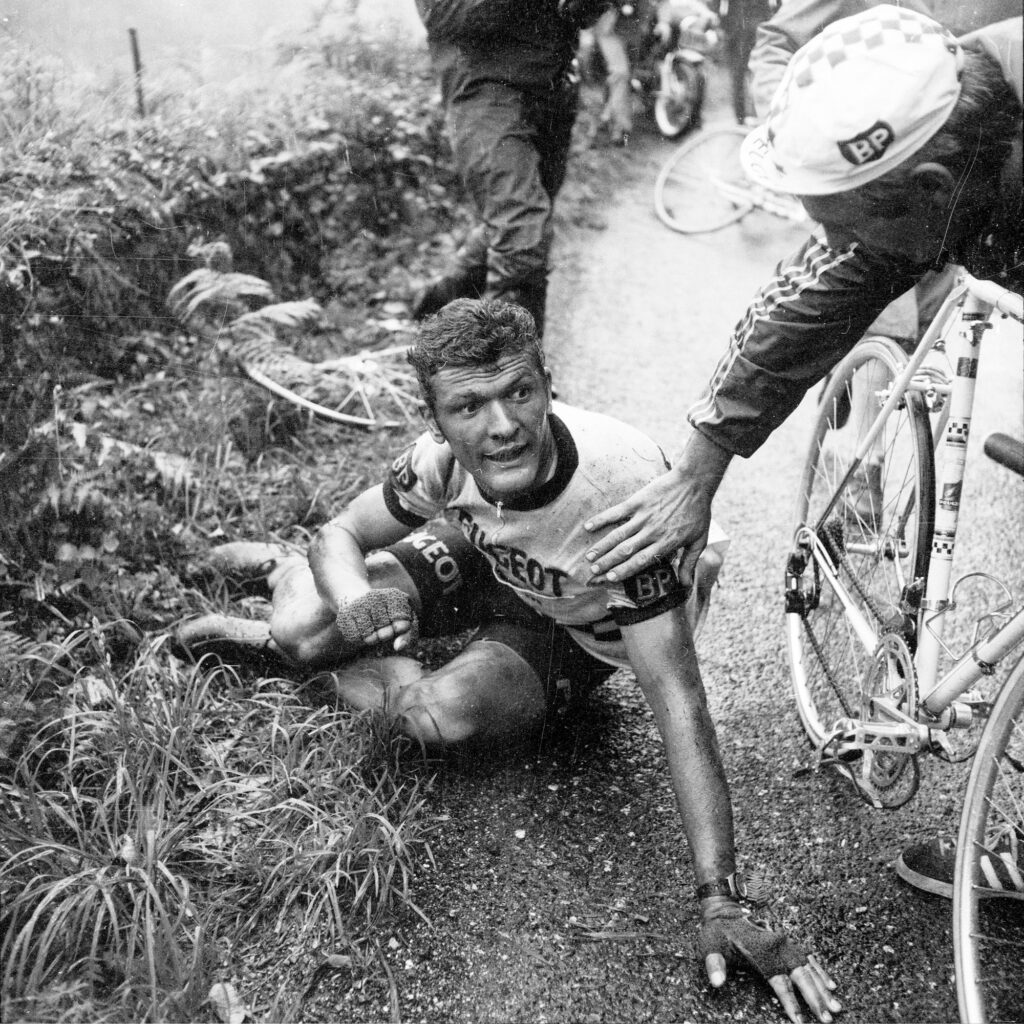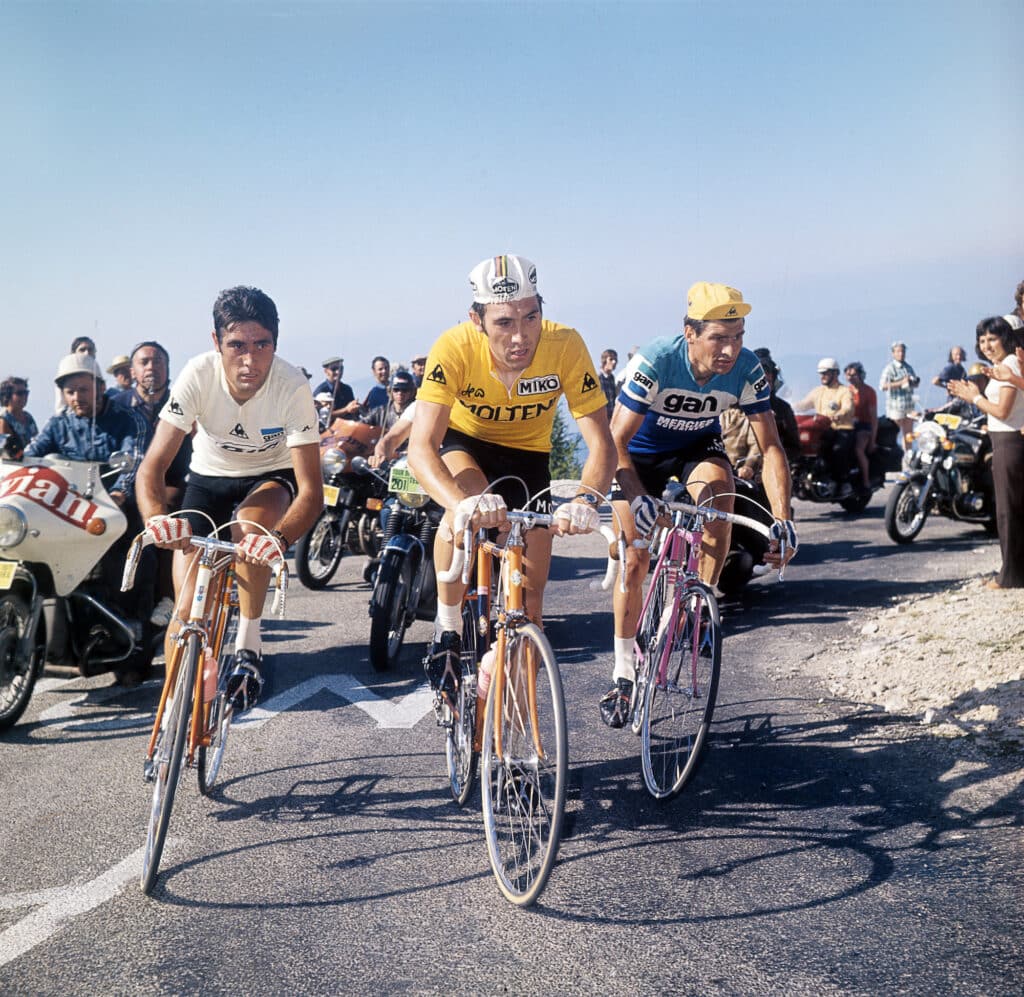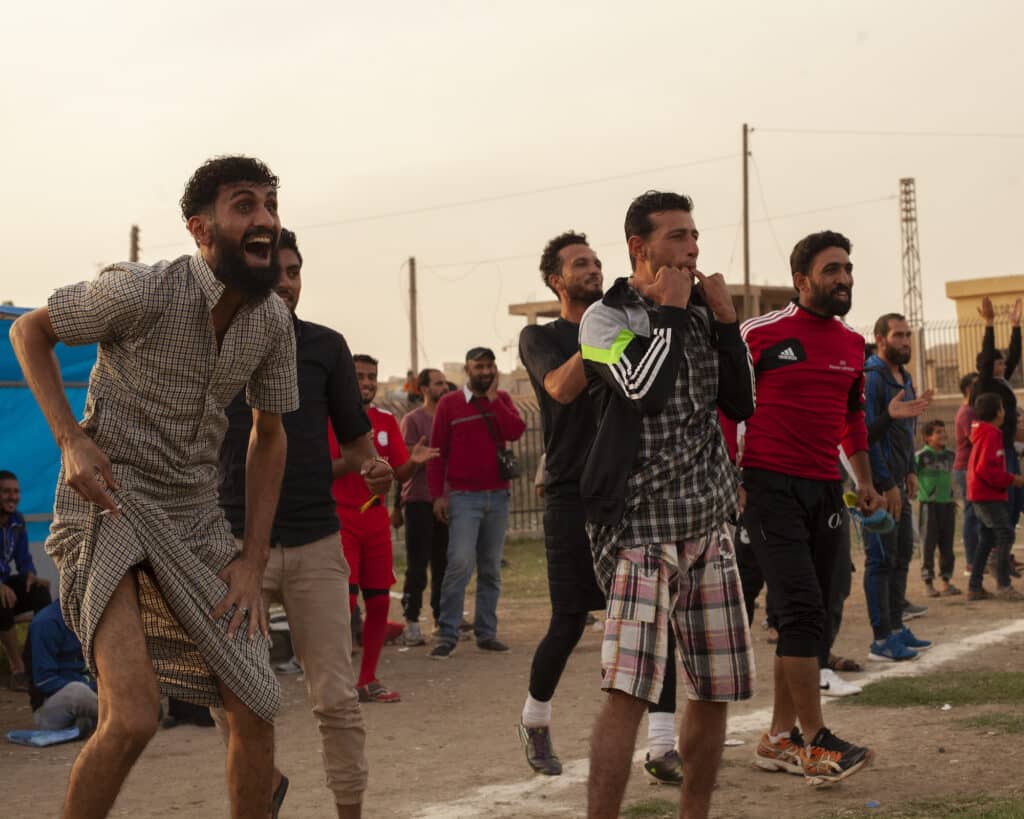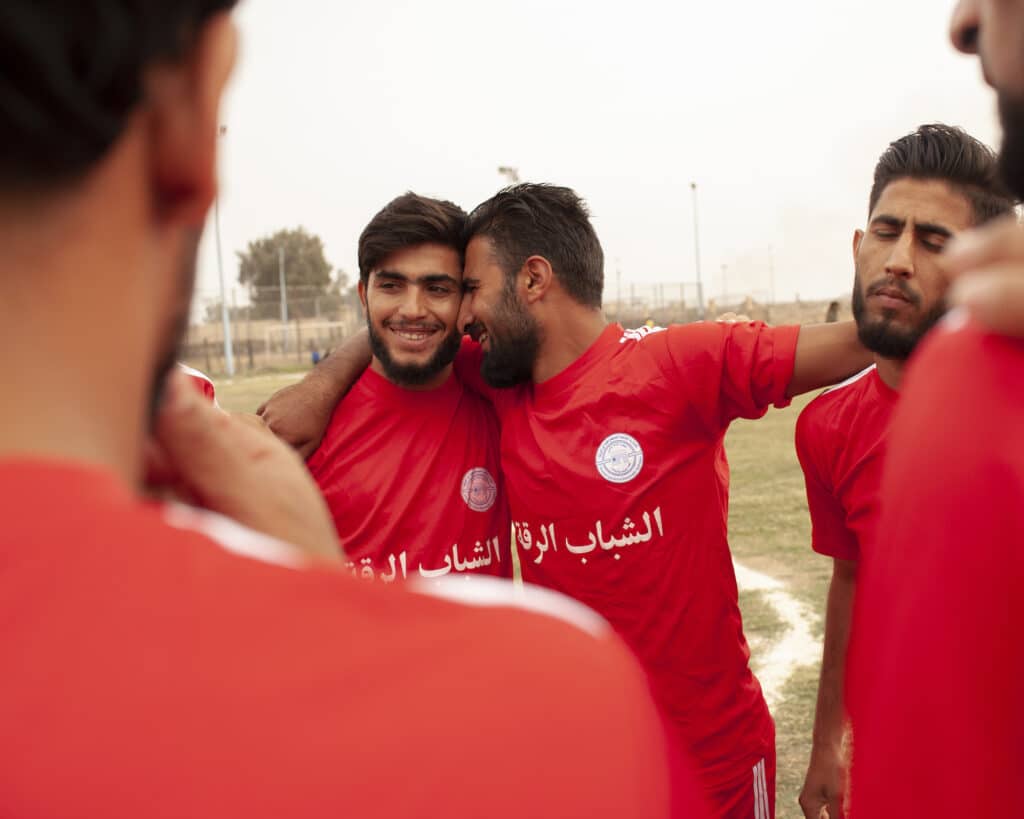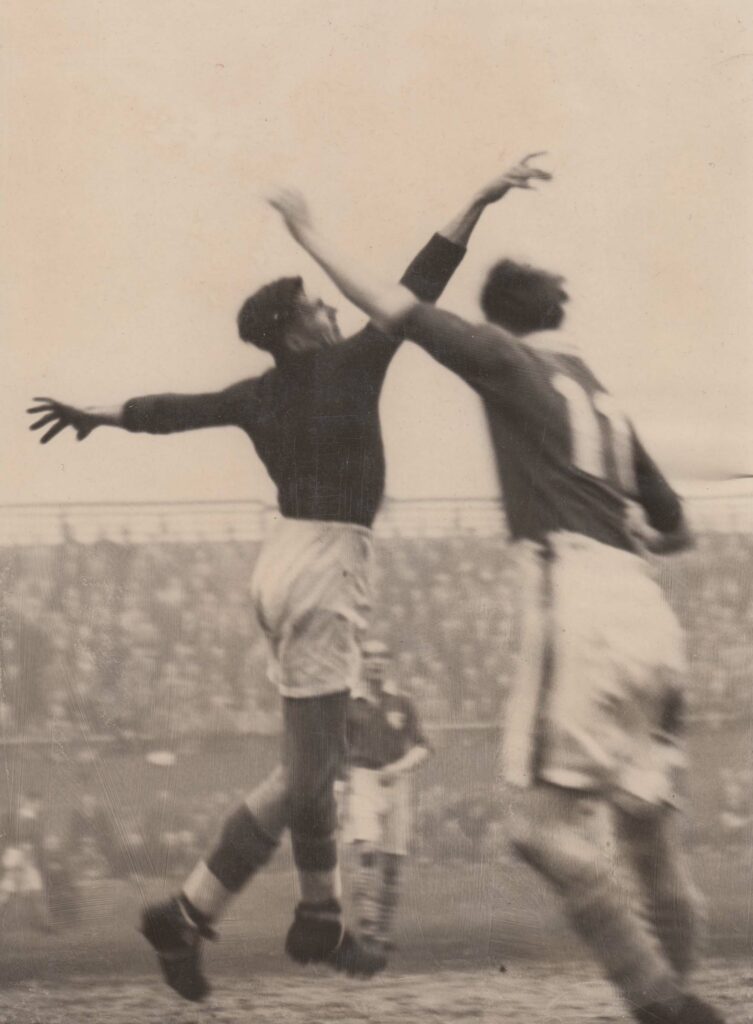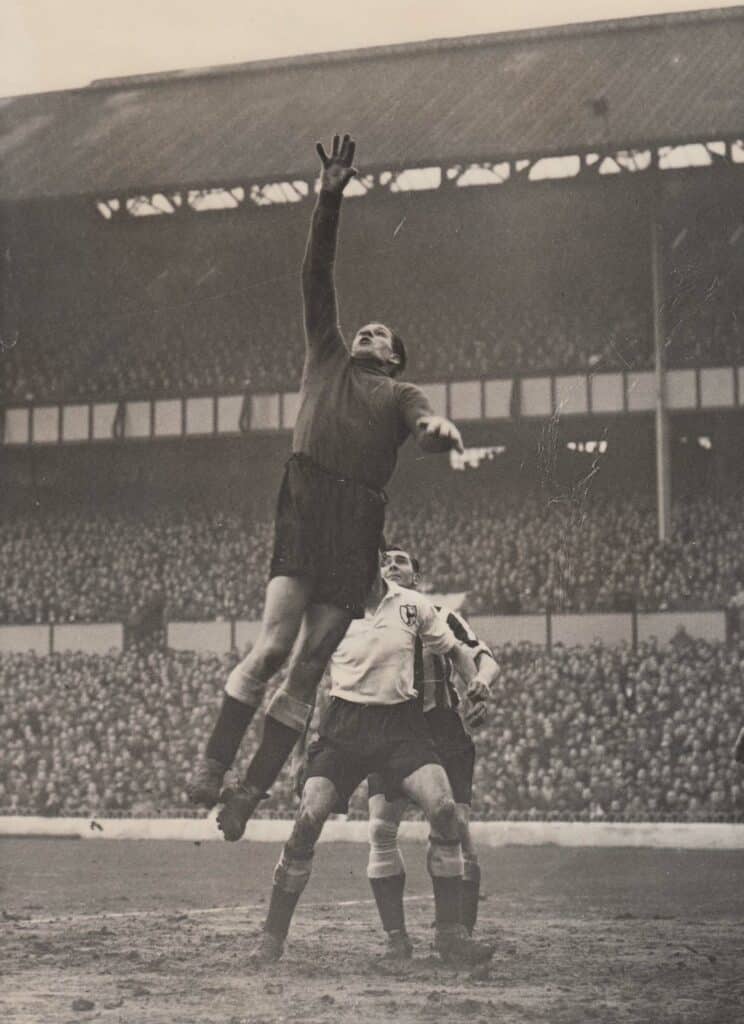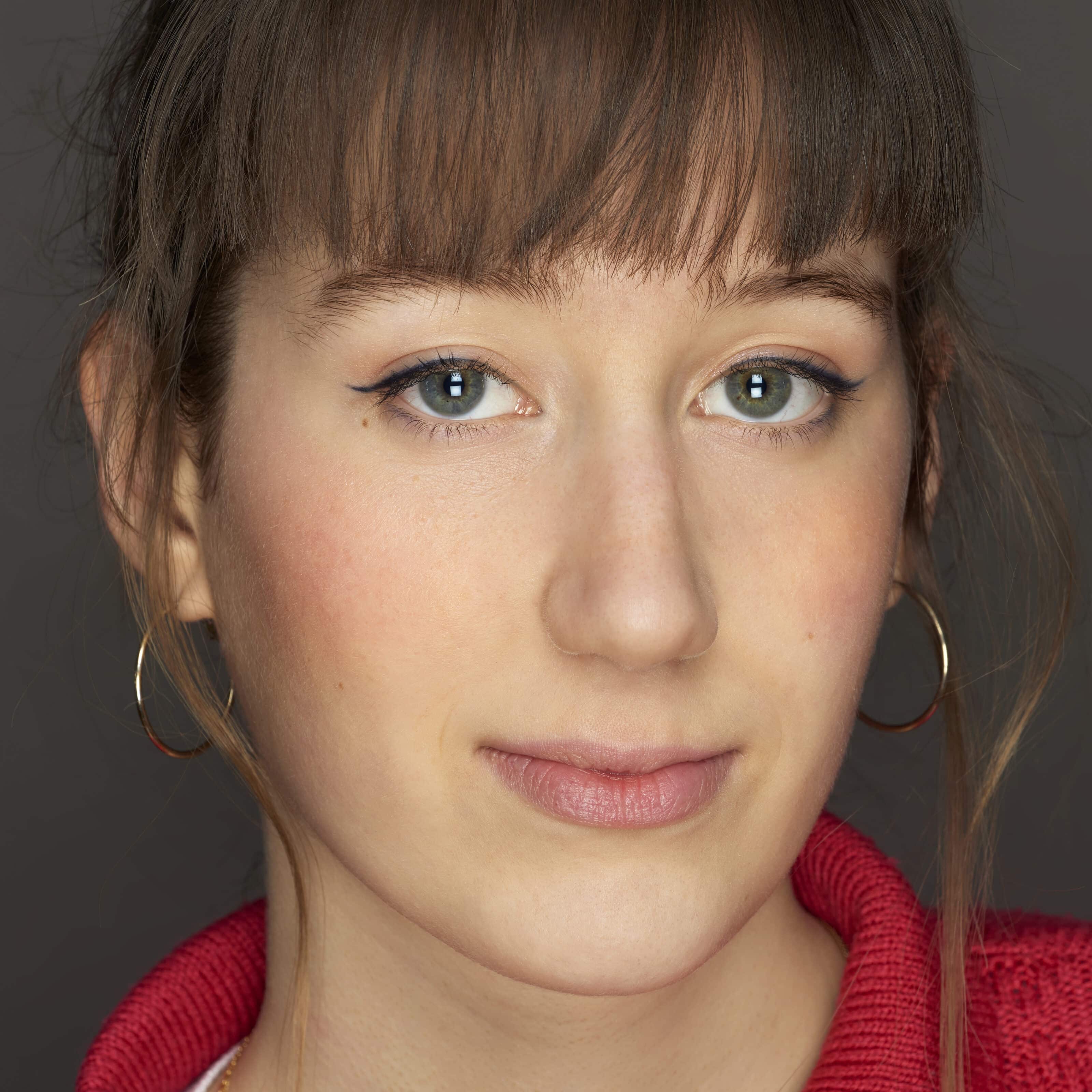Leading up to the inauguration of Paris 2024, the Cultural Olympiad takes sport and photography into an uncharted territory: the Hauts-de-France region. Through December 31, the Photaumnales Festival showcases some 40 exhibitions across twenty locations in Beauvais and vicinity. Diaphane, the key photography hub of Hauts-de-France and the festival’s orchestrator, has crafted this edition around the theme of sport. Marking a milestone twentieth anniversary, the festival salutes photographers who capture iconic moments in sports even as it ventures into more daring artistic approaches.
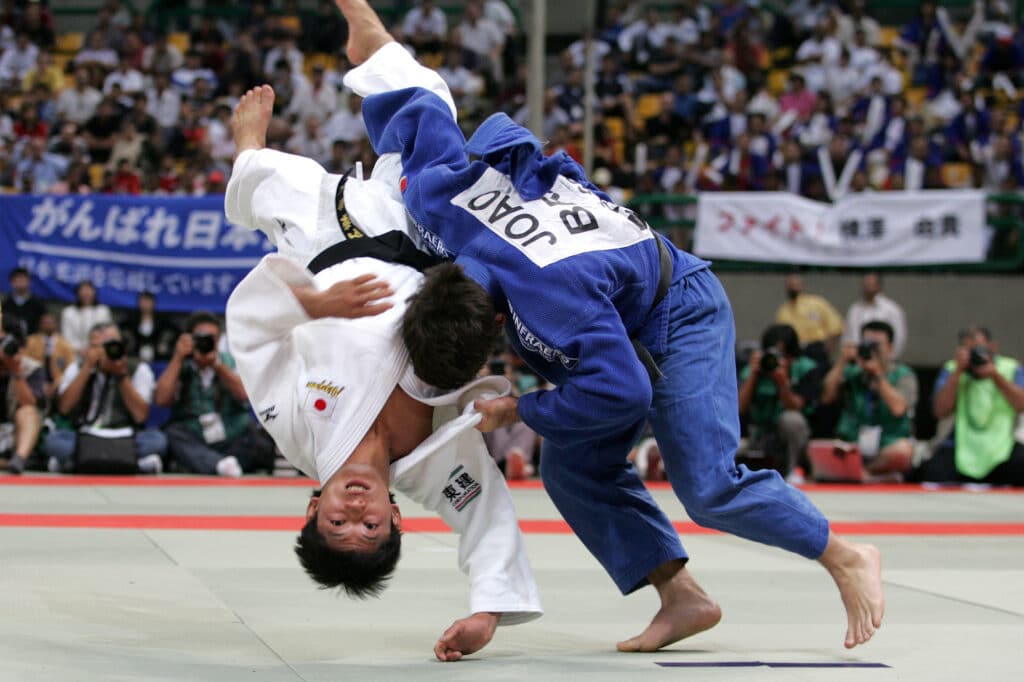
The history of sports from behind the scenes
This anniversary edition of the festival offers a window into iconic moments of sports history. With a twenty-five-year tenure at french sports newspaper L’Équipe, Didier Fèvre chronicled major sporting events, investigating allegations of doping, reporting on the run-up to the World Cup in South Africa, and covering the aftermath of the fall of the Berlin Wall. Going beyond the mere event, he has delved into the stories and emotions behind each photograph. One notable instance is the 1996 Atlanta Olympics snapshot of runner Marie-José Pérec who looks up toward the heavens after her 4x100m final. Clinching a new Olympic record with her groundbreaking 200-400m double, “La Gazelle,” as she’s fondly called, had just achieved one of the finest performances in the history of French athletics. Fèvre’s camera eternalized her raw emotion, transcending mere victories or losses, and illuminating the passion that drives every competition.
In La Neuville-en-Hez, we are plunged into the storied chapters of the Tour de France, an annual rendezvous for the aficionados of “la petite reine.” Fred Boucher, the head of Photaumnales embarked on an Odyssey of his own to unearth the Tour’s unforgettable sagas. Beyond podiums, inaugurations, and medal ceremonies, bathed in regional colors, there are the tales of tribulations and harrowing crashes. Images of Bernard Thévenet, dazed post his Col de l’Aubisque descent in 1972, and Luis Ocaña, defeated in the muddy Col de Menté on July 12, 1971, are near-epic in their resonance. Sourced from L’Équipe’s archives and the Presse Sports agency, these photographs underscore the intimacy photographers once shared with the era’s riders.
Views from the stands
While often seen as a reflection of history or sociology, sport can take on an activist role. Soccer may well seem commonplace to most players, but in certain nations, it’s still tightly regulated. This is evident in Syria, where soccer matches are either closely supervised or outright prohibited. Brand-name gear and jerseys from foreign teams are outlawed, since even exposing one’s bare knees would be contrary to Islamic beliefs. Syrian soccer clubs cope with these restrictions on a daily basis. Whether on the field or in the bleachers, the game unfolds under the watchful eyes of armed personnel.
In 2014, Raqqa fell into the hands of the terrorist group the Islamic State Organization, leading its residents to endure three years under its oppressive regime. 2017 marked the city’s liberation at the hands of Kurdish forces. In his series Coup d’envoi, Charles Thiéfaine tells the story of the inaugural soccer match organized a year after liberation. Amid the scars of war, the game emerges as an oasis of liberty, a brief respite carved out by the players against an intense political backdrop. Beyond chronicling the city’s rebirth, Thiéfaine spotlights the personal revival of both players and fans.
Bending the rules
Érik Kessels artfully blends play and photography, breathing new life into images once destined to disappear. A unique kind of photographer who doesn’t use a camera, Kessels draws from archived photos of English soccer games, reimagining and repurposing them. By simply omitting the ball, he metamorphoses the game into a dance choreography. The once muddy scuffles are now a ballet, and the players transform into elegant dancers. To round off his portrayal, Kessels’s prints are showcased on an actual soccer field. “Since there’s no ball in the pictures, there’s none on the field either. This keeps folks from aiming at the frames,” quips the photographer.
Thomas Sauvin also takes us into an aerial ballet, this time in the margins of history. His journey began at Beijing’s Panjiayuan antique market, where he stumbled upon an intriguing collection of 300 gelatin silver prints. These compact images depict athletes engaged in various activities—beam exercises, parallel bars, basketball, and more. Each picture carries a timestamp, revealing they were all taken on a single afternoon in June 1960, during the tumultuous era of the Great Leap Forward. The mantra “Higher, bigger, faster” resonates both in sport and politics, bringing the narrative full circle.
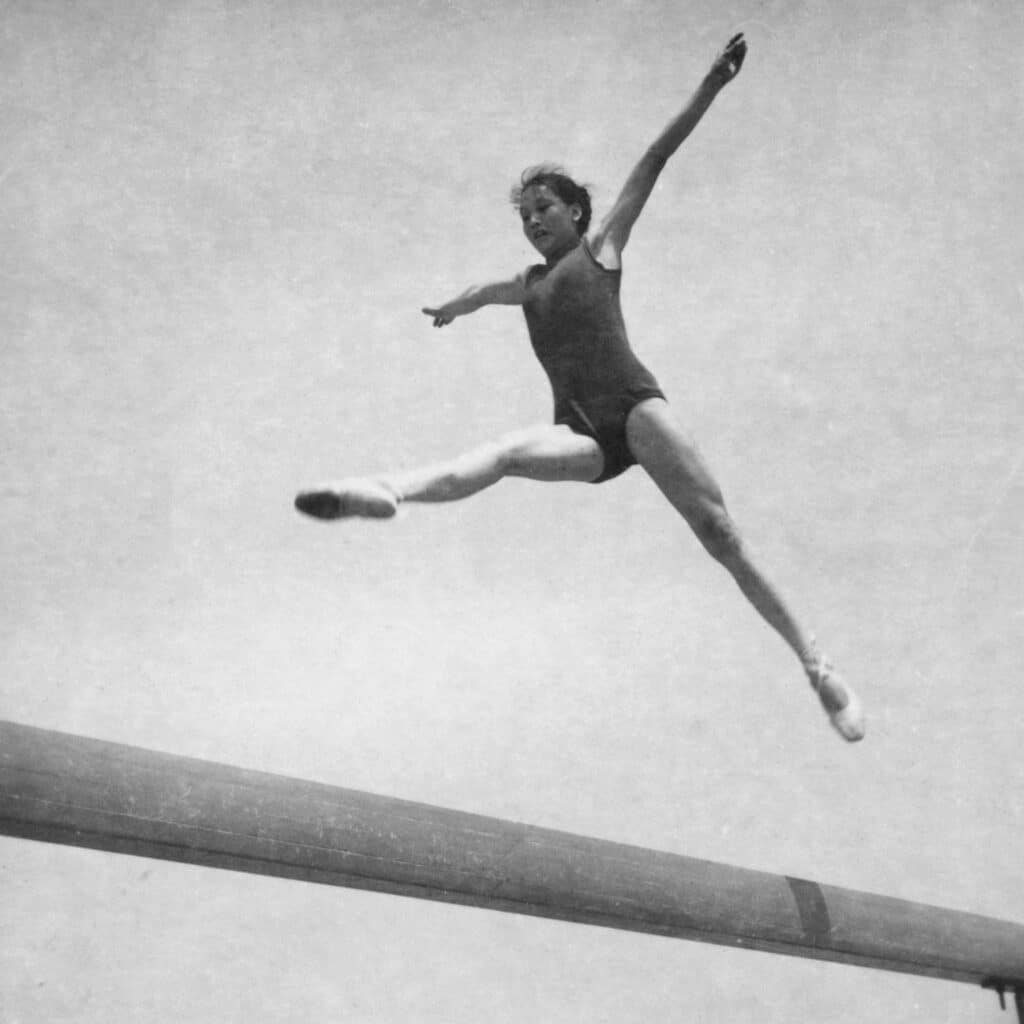
Photaumnales 2023—Hors Jeux, September 16 to December 31, 2023. Beauvais and surrounding area.

